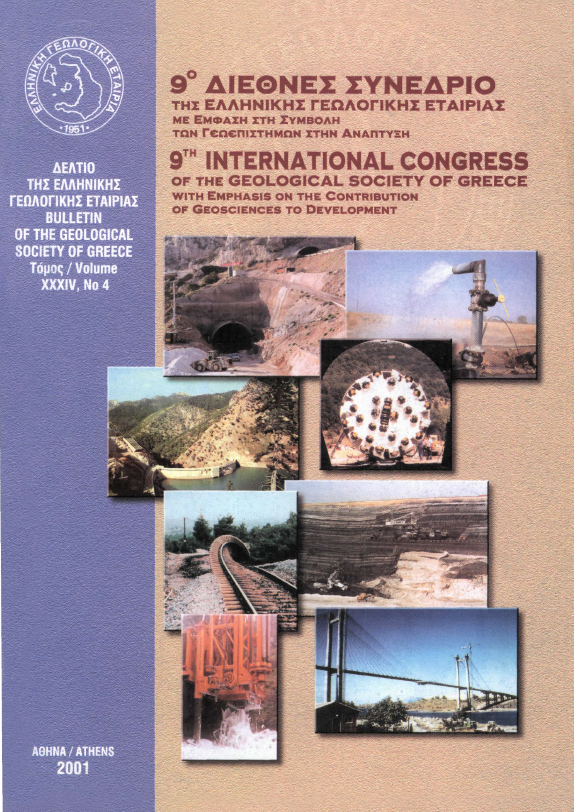Relationship between hydrothermal fluids and microseismic activity on the south-east coast of Milos Island

Abstract
Milos island belongs to the Greek volcanic arc and is part of a small number of hot spots in the South Aegean Sea. It is an area that stands out for the diversity in volcanic formations and chemical composition of rocks. The island is characterized by the presence of a high enthalpy geothermal field and a non continuous microseismic activity, expressed both by tectonic earthquakes and swarm activity. During the period of our study (May-December 1999), this activity, which was recorded by a small, portable, seismological network has been very small and limited in the SE part of the island. From the chemical analyses performed, no significant alterations in the composition of the hydrothermal fluids was detected, except from slight changes in the content of K, Ca and Li and even smaller changes in Mg and Fe. This fact certainly implies a possible relation between microseismic activity and alterations in the content of various chemical elements, but it still needs further verification, which means that our research should be prolonged for a time period of at least two years
Article Details
- How to Cite
-
ΜΠΑΛΤΑΤΖΗΣ Ε., ΔΕΛΗΜΠΑΣΗΣ Ν., VALSAMI-JONES, E., ΠΥΡΛΗ Μ., & BAIER Β. (2001). Relationship between hydrothermal fluids and microseismic activity on the south-east coast of Milos Island. Bulletin of the Geological Society of Greece, 34(4), 1441–1447. https://doi.org/10.12681/bgsg.17239
- Section
- Seismology

This work is licensed under a Creative Commons Attribution-NonCommercial 4.0 International License.
Authors who publish with this journal agree to the following terms:
Authors retain copyright and grant the journal right of first publication with the work simultaneously licensed under a Creative Commons Attribution Non-Commercial License that allows others to share the work with an acknowledgement of the work's authorship and initial publication in this journal.
Authors are able to enter into separate, additional contractual arrangements for the non-exclusive distribution of the journal's published version of the work (e.g. post it to an institutional repository or publish it in a book), with an acknowledgement of its initial publication in this journal. Authors are permitted and encouraged to post their work online (preferably in institutional repositories or on their website) prior to and during the submission process, as it can lead to productive exchanges, as well as earlier and greater citation of published work.



